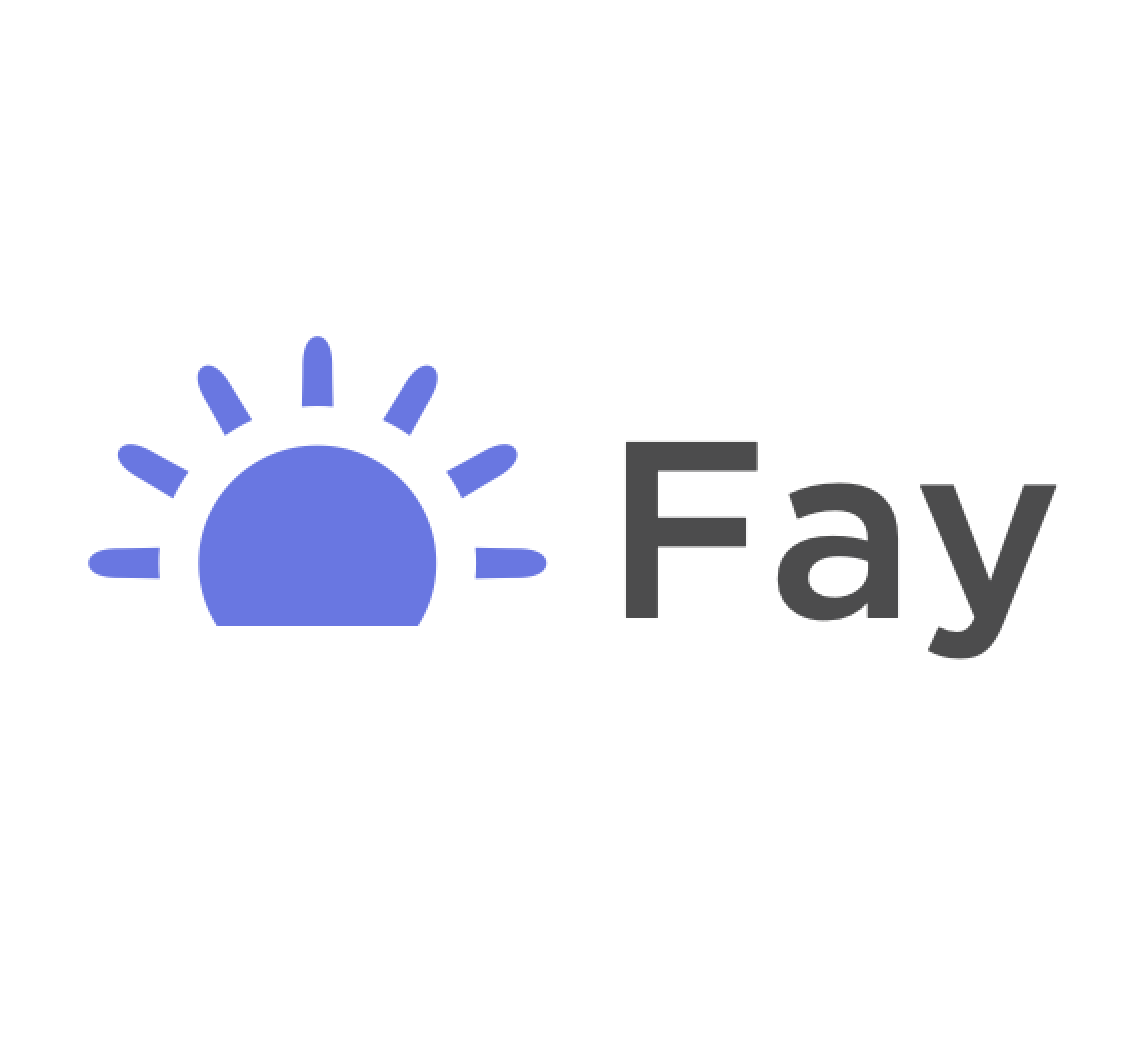If you work with clients on food, medical nutrition therapy, or even general wellness, dietitian liability insurance is one of the most important business tools you can carry. It protects your license, your livelihood, and your personal assets when something goes sideways—whether that’s an alleged counseling error, a tube-feeding miscalculation, a telehealth documentation gap, or a client who trips in your office. In this guide, we’ll demystify dietitian liability insurance—what it covers, why you need it (even in “non-dangerous” specialties), how to procure it, typical costs, which companies sell it, and what actually happens when a liability event occurs.
What is dietitian liability insurance?
At its core, dietitian liability insurance (often called professional liability insurance, malpractice insurance, or errors and omissions (E&O) for health professionals) covers claims that your professional services caused a client harm—financial, bodily, or otherwise—through negligence, mistakes, or omissions. In healthcare, these policies are usually written on a claims-made basis (you’re covered only if the claim is made while the policy is active) or as occurrence coverage (you’re covered for incidents that occurred during the policy period, even if the claim is filed later). Policies commonly include defense costs (lawyers), settlements/judgments up to limits (e.g., $1M per claim), and various ancillary coverages (license defense, deposition fees, HIPAA defense).
Quick glossary
• Professional liability / malpractice = covers your nutrition care or counseling itself.
• General liability = covers third-party slip-and-fall, property damage, some “advertising injury” claims—risks unrelated to the quality of your nutrition advice. (Many RDs bundle both)
Why dietitian liability insurance matters—even in a “low-risk” specialty
Dietetics isn’t surgery. But you still practice in a medical context where outcomes and causation can be argued. Consider common risk vectors:
- Clinical MNT missteps (e.g., incorrect enteral feed order, refeeding syndrome risks, allergies/contraindications, renal/diabetes miscalculations).
- Documentation gaps (missing informed consent language, unclear plan of care, inadequate education notes).
- Care coordination (recommendations not aligning with provider orders, or discharge planning issues).
- Telehealth (cross-state practice scope, documentation, privacy claims).
- Plain old premises liability (client trip/fall during a session).
Historically, malpractice suits against dietitians were rare—but not nonexistent. Today’s Dietitian noted NPDB data showing 14 successful malpractice lawsuits against dietitians between 1990 and early 2007, and legal experts warned that liability risk was “catching up” as the profession’s scope and visibility expanded. That was nearly two decades ago; the caseload and the stakes have only grown with broader independent practice and telehealth. Today's Dietitian
Real-world stories also illustrate the point. In a 2024 first-person case write-up, a hospital-based RD described being one of four defendants in a suit tied to tube-feeding care; her malpractice insurance covered her defense and ultimately paid within policy limits (she had a $1M per-occurrence policy). Another co-defendant without personal coverage reportedly refinanced her home to pay her share. The RD’s top lesson: “Keep your own malpractice insurance policy up to date.” Berxi
Bottom line: dietitian liability insurance isn’t about expecting to be sued—it’s about protecting your career and sleep if you are.
What does dietitian liability insurance cover?
Exact terms vary by carrier, but reputable policies for RDs commonly include:
- Professional liability (malpractice): Defense costs + settlements/judgments for claims alleging your professional services caused harm. Common limits are $1M per claim / $3M aggregate, or up to $2M/$4M with some carriers.
- License protection / administrative defense: Legal help and costs if a board or payer audits or disciplines you (e.g., allegations of substandard care, billing errors).
- Deposition expense / loss of earnings: If you’re subpoenaed or must attend proceedings, policies may reimburse lost wages and travel.
- HIPAA/privacy defense: Limited reimbursement for privacy claims and certain fines (where insurable).
- Good Samaritan coverage: Protection when rendering emergency aid.
- General liability add-on: Optional bundle that covers slip-and-fall, property damage at your office, and some advertising injury—often required by landlords or facility contracts.
Equally important are structural details:
- Claims-made vs. occurrence: Claims-made is common but may require tail coverage when you cancel or switch carriers; some RD-focused policies offer occurrence coverage so you don’t need a tail.
- Consent-to-settle: Better policies promise not to settle a claim without your consent.
How much does dietitian liability insurance cost?
Prices vary by state, services, setting, limits, and claims history. A few public benchmarks:
- For general liability (not malpractice), Insureon’s data shows dietitians pay about $29/month (≈$350/year) on average; this is your slip-and-fall/property-damage policy.
- For bundled professional + general coverage marketed to dietitians, Insurance Canopy advertises plans starting at ~$241/year. (Pricing scales with limits and options.)
- Professional liability alone for an individual RD typically falls in the low hundreds annually for $1M/$3M or $1M/$1M limits; carriers rarely publish a universal sticker price because quotes vary, but the industry-wide range for professional liability (PLI) across professions commonly runs ~$600–$1,200 for many providers, with allied health often lower—especially for early-career solo practitioners.
Pro tip: Compare occurrence vs. claims-made quotes apples-to-apples (a claims-made policy plus tail can exceed the cost of an occurrence policy over time).
Who sells dietitian liability insurance?
You have several reputable options that write or broker dietitian liability insurance specifically:
- CM&F Group — Long-standing healthcare specialist with occurrence-form coverage available for many allied health pros, up to $2M/$4M limits, with extras like license defense, deposition fees, HIPAA defense, and “consent to settle.” Instant online quotes.
- Proliability (Mercer) — Large national program administrator offering dedicated policies for dietetic practitioners; easy online applications and broad profession coverage.
- Hiscox — Small-business carrier offering professional and general liability for nutritionists and dietitians with online quoting.
- The Hartford — Small-business insurer with dietitian liability insurance pages and packaged coverage (BOP, GL, professional).
- Insurance Canopy — Bundled general + professional plans marketed to dietitians with transparent starting prices.
- Insureon — A marketplace/broker that can place dietitians with multiple carriers and publishes cost benchmarks.
If you’re a member of the Academy of Nutrition and Dietetics (AND), check member pages for partner programs and potential discounts or curated options. academymemberinsurancesite.com
How to choose the right policy
Use this quick vetting flow before you buy dietitian liability insurance:
- Confirm scope fit: Does the policy explicitly cover dietitian, registered dietitian nutritionist, telehealth, and any niche you practice (pediatrics, sports, renal, tube feeding consults)?
- Limits: Commonly $1M/$3M or $2M/$4M. Consider higher limits if you work in hospitals, NICU, oncology, or high-acuity settings.
- Form: Occurrence (no tail needed) vs claims-made (buy tail when you leave).
- Consent-to-settle: Look for “full consent to settle.”
- License/HIPAA defense: Valuable even outside lawsuits.
- General liability add-on: Often required by landlords, gyms, coworking spaces, and corporate wellness sites.
- Additional insured: Make sure you can add employers/facilities at no or low cost.
- Financial strength: Favor carriers with strong A.M. Best ratings (A, A+, A++).
How to procure dietitian liability insurance (step by step)
- Map your risk: List settings (hospital, private office, home visits, telehealth), services (MNT codes 97802/97803/97804, tube-feeding consults, weight-management, pediatrics), and contract requirements (some payers and facilities require proof of insurance).
- Get 2–3 quotes: Start with a specialist like CM&F and a generalist like Proliability or Hiscox; if you want a bundle, compare Insurance Canopy or a Hartford BOP that includes professional coverage via an endorsement/carrier partner.
- Match limits and forms: Make sure you’re comparing $1M/$3M vs $1M/$3M, occurrence vs occurrence (or normalize by adding tail cost to claims-made).
- Review endorsements: License defense, HIPAA defense, deposition fees, loss-of-earnings, “additional insured,” and telehealth language.
- Bind and store your COI: Save the certificate of insurance for payer enrollment, facility onboarding, and contracts.
Costs, deductibles, and practical budgeting
- Premiums: Expect a few hundred dollars per year for a solo practitioner at $1M/$3M limits (occurrence can be slightly higher upfront). Bundles with general liability often price in the $241–$400+ zone depending on limits and state.
- Deductibles: Many professional liability policies have no deductible for liability payments but may have deductibles for certain endorsements; check your quote.
- Tail coverage: If you carry claims-made, estimate the cost of tail (often 150%–250% of your last annual premium, one-time); with occurrence, you typically don’t need tail.
What to do when a liability event occurs (playbook)
If there’s an adverse event, complaint, demand letter, or lawsuit, move fast and follow the playbook your dietitian liability insurance carrier expects:
- Preserve and document: Write a factual incident note, secure your chart, messages, orders, and any device logs (telehealth). Do not alter records.
- Notify your carrier immediately: Policies require prompt notice—call the claim number and submit any demand letter or summons. Your carrier will assign defense counsel and a claims adjuster.
- Stop discussing the case publicly: Don’t speculate on social media or email. Refer inquiries to your attorney.
- Follow counsel’s guidance: Your attorney will coordinate with you on statements, depositions, discovery, and potential mediation/settlement.
- Use your endorsements: If a complaint also triggers a licensing board inquiry, HIPAA allegation, or deposition subpoena, ask your adjuster to activate license defense, HIPAA defense, or deposition fee benefits.
- Mind your consent-to-settle rights: If your policy has full consent to settle, you have a say in settlement decisions.
A real-world example shows how this works: in the hospital-based PEG-tube suit referenced earlier, the RD’s insurer provided defense and paid the RD’s share of a $1M claim (split among four defendants) within policy limits—a textbook illustration of why prompt reporting and adequate limits matter.
Publicly known malpractice events involving dietitians
Because dietetic malpractice suits are relatively rare and often settled confidentially, named cases are scarce. Still, we have two types of public signals:
- Aggregate data: The National Practitioner Data Bank recorded 14 successful malpractice suits involving dietitians from 1990 to early 2007, per a Today’s Dietitian report—low volume, but non-zero, with legal experts cautioning that liability concerns in dietetics were increasing with the profession’s evolution. Today's Dietitian
- Case vignette (insurance-backed): The Berxi article described an RD defendant whose malpractice insurance covered her defense and payment up to her $1M per occurrence limit in a multi-party hospital case. While anonymized, it’s a publicly available, insurer-published account showing policy response in practice. Berxi
If you practice in higher-acuity settings (e.g., renal, NICU, oncology), clarify with your carrier that your specific services are inside scope and consider higher limits.
Preventive risk management that keeps premiums low
Insurers price to exposure. To keep your dietitian liability insurance affordable and to avoid claims:
- Standardize documentation: SOAP/ADIME templates + clear nutrition diagnoses, plan, education provided, follow-up intervals.
- Confirm orders/contraindications: Especially for enteral/parenteral nutrition, renal, diabetes, and peds; log verbal orders and clarifications.
- Allergy verification: Treat as a forced step in your intake workflow.
- Scope & supervision: Stay within state scope; align “incident-to” or collaborative care requirements where applicable.
- Telehealth hygiene: Consent, location, licensure verification, and secure platforms; confirm payer telehealth rules.
- Informed consent & expectations: Especially for weight-management or restrictive diets; include red-flag escalation pathways.
These steps don’t replace insurance—but they strengthen your defense and may reduce premiums over time.
FAQs about dietitian liability insurance
Is employer coverage enough?
Employer policies primarily protect the employer. If interests diverge—or if you moonlight, volunteer, or consult—your personal policy ensures you have a lawyer and limits dedicated to you. Many RD-focused policies are portable (follow you across settings).
Do I need general liability, too?
If you see clients in a physical space (office, gym, studio) or do events, yes—general liability covers slips/falls and property damage. Landlords and corporate wellness contracts often require it.
Claims-made vs occurrence—what should I pick?
If you want to avoid buying a tail later, choose occurrence. If you choose claims-made, budget for tail (or get written confirmation your next carrier will provide prior-acts coverage).
What limits do most RDs carry?
$1M/$3M is common; consider $2M/$4M in higher-risk inpatient settings or if your hospital requires it.
How to reference companies and get quotes today
Use this short list to gather quotes in under an hour:
- CM&F Group — occurrence-form options, up to $2M/$4M, license/HIPAA/deposition extras; instant quotes.
- Proliability (Mercer) — long-running program for dietetic practitioners, fast online applications.
- Hiscox — small-business professional and general liability for dietitians & nutritionists.
- The Hartford — packaged small-business coverage with dietitian pages.
- Insurance Canopy — transparent starting prices for bundled general + professional.
- Insureon — marketplace with cost benchmarks and carrier comparisons.








